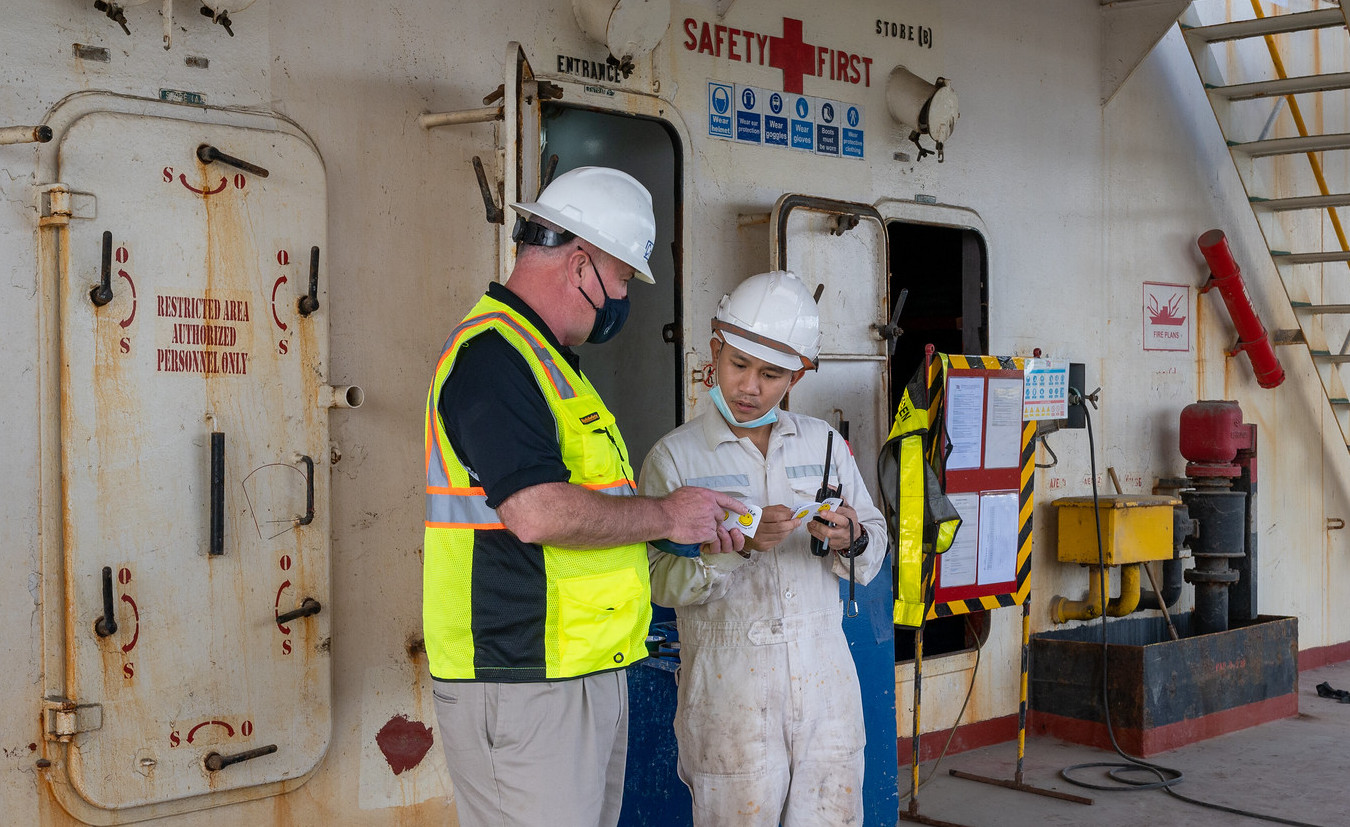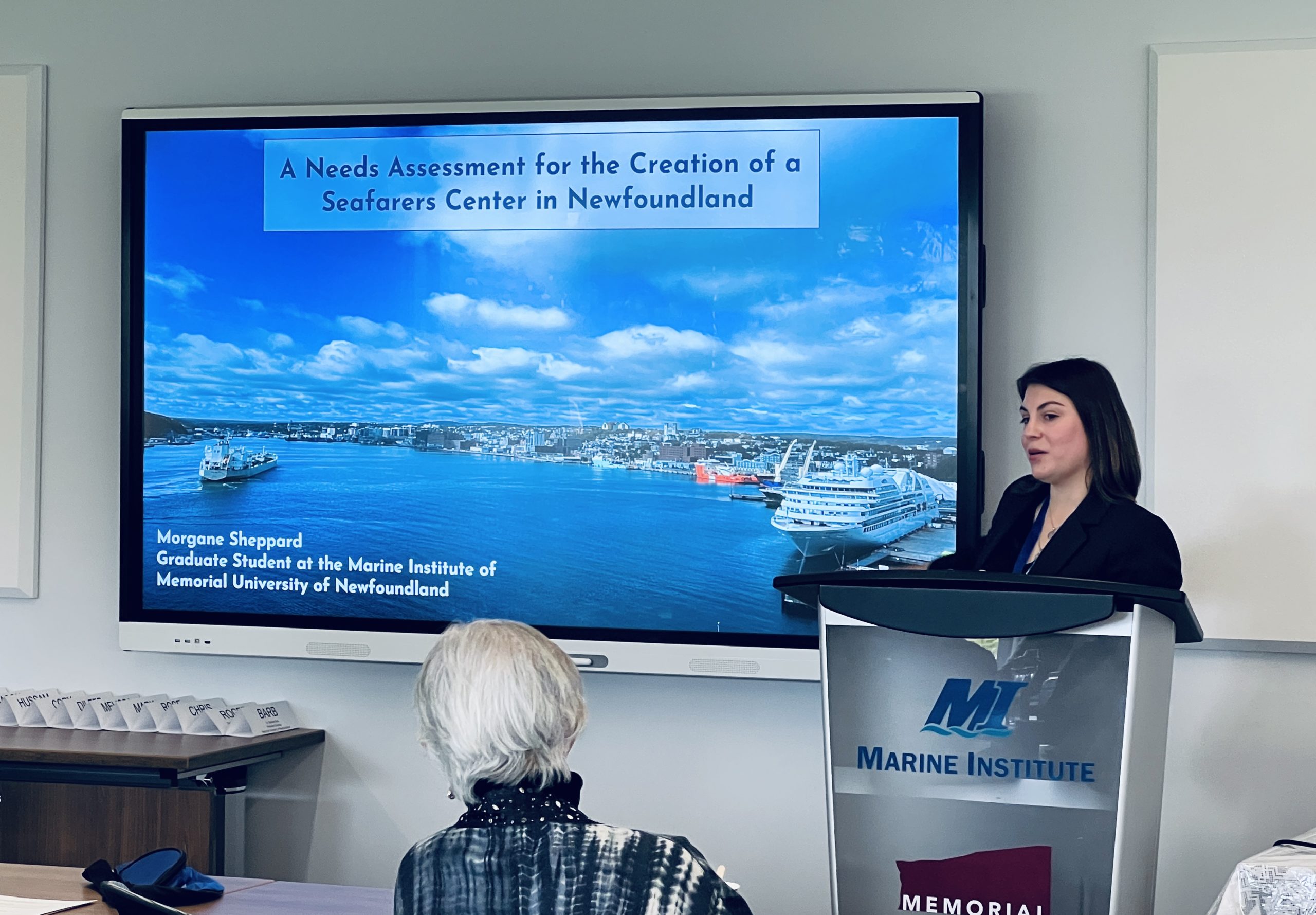by Susan Huppert, The MARE Report
Connectivity is one of the most obvious and simple answers to ensure that seafarers are able to cope while on board, according to The Mission to Seafarers (MTS). MTS gets valuable feedback each quarter from their Happiness at Sea Index, launched in 2015.
MTS operates in 200 ports and 50 countries with a commitment to meeting the practical, emotional and spiritual needs of seafarers. Services provided include mental health, physical wellbeing, general working life and also family contact. MTS reviews the results of the Happiness at Sea Index quarterly to compare how things have changed over this period. The data remains anonymous so that seafarers can speak freely without risk to employment, a challenge common to seafarers.
We wanted to dig a bit deeper on one aspect of the Index – the importance of Internet at sea. With the help of MTS, we reached out to several seafarers to get feedback on how important Internet at sea is to them.
When an Indian captain responded to a question about Internet access at sea, he said the company provides limited Internet access for the crew while at sea. He mentioned bandwidth, the location of his ship and proximity to other ships as complications to access.
Though the ocean seems like a big place, it can actually get very congested in certain regions. To get a glimpse, check out Marine Traffic, a website which provides real-time information about ship locations around the world. On the website, the ships are color-coded for the direction they are traveling, type of vessel and other data. The map is densely colored with icons of ships. In many key places, there can be dozens or hundreds of ships in a relatively small radius. This proximity was one factor identified by the ship captain as a challenge to Internet access for his crew.
Another seafarer, Thapa, has a 12-year career at sea. He currently serves on an LNG vessel. As a captain, he describes the personal impact working at sea with limited Internet has for him as a father. He writes:
“I have a small child and being away and disconnected from my wife and child is hard. I want my child to as least see their father sometimes.”
“I am fortunate because of my rank to have better internet access than most of the rest of the crew. Better internet access would allow all the crew to contact their families more freely as well as receive news from home and possibly fully use applications like WhatsApp and KakaoTalk.”
The global pandemic producing seriously ill family members, storms at sea and typhoons at home, lack of shore leave and minimal Internet access all take their cumulative toll on the seafarers of the world. Compound these pressures with the innate danger of the work at sea and you have a workforce of essential workers who deserve to be clearly connected to their homes while serving others.
Manav, a third officer from India explains his situation:
“Internet is very slow. Sometimes there is no connection at all. I would be more at ease if I had Internet while at sea communicating with my family and friends. I have a fiancé and I would like to be able to communicate more frequently with her about our plans.”
A Greek seafarer on a container ship provided his feedback while docked at the Port of Houston, Texas. He serves as a security person and sums up why free Internet access for seafarers while at sea is critically important.
The following is his written response:
“We live tough and isolated lives while at sea. Communication with home makes the life we choose at sea a bit better. We don’t feel ‘alone’. It is very good for one’s mentality and psychology to communicate daily with loved ones back home. We need real access to cheap or free communication onboard. It is hard life on board, hazardous tasks, homesickness and loneliness. It is one of the first things that you will hear from all of us, seafaring is not for the weak.”
Though each seafarer has a different perspective, all point to the importance of the Internet at sea and the valuable voice of The Mission to Seafarers and other seafarers’ missions in supporting their connectivity.
Image: David Rider/NAMMA Flickr





